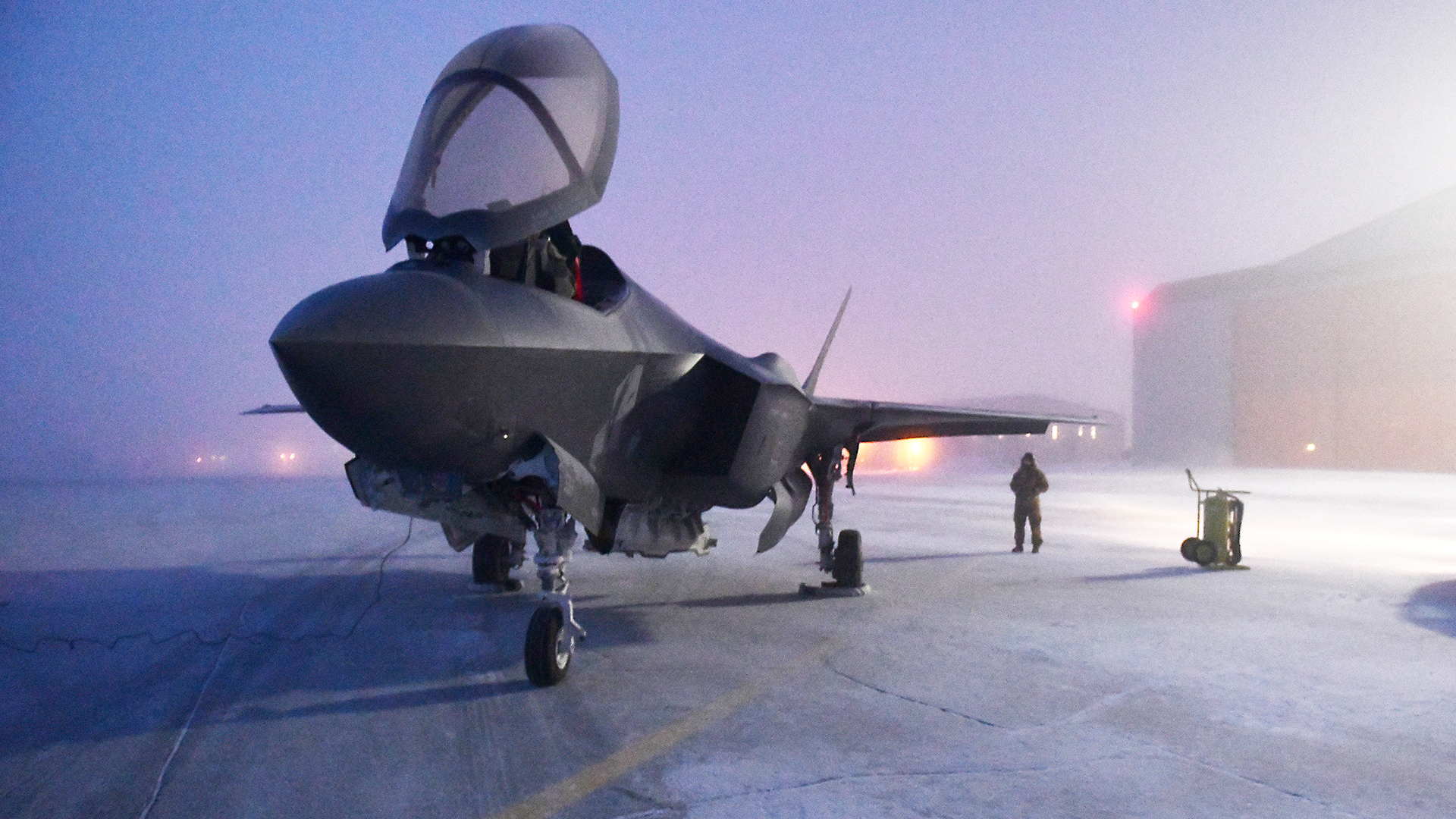F-35A stealth fighters from the U.S. Air Force have, for the first time, deployed to America’s northernmost military base, at Thule in Greenland, where they took part in a North American Aerospace Defense Command (NORAD) exercise that ran from January 15-31.
Located 750 miles north of the Arctic Circle, Thule Air Base is playing an increasingly important strategic role in regards to Russia, in particular, which is looking to expand its capabilities in the region, while U.S. officials have been warning about Chinese interest in the Arctic, too.
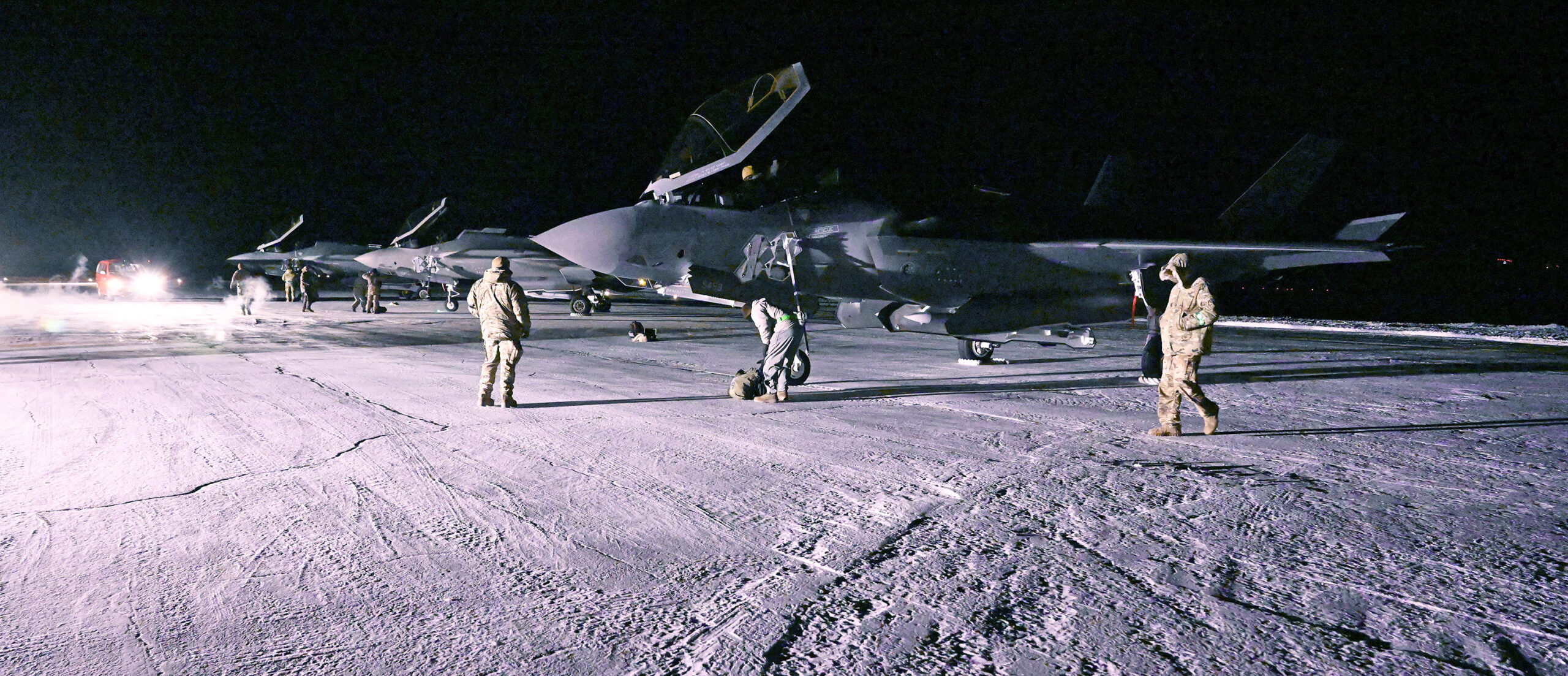
Four F-35As were at Thule (pronounced too-lee) as of January 16. The insignia on one of the jets is that of the 356th Fighter Squadron, the “Green Demons,” which suggests that the jets have been deployed from Eielson Air Force Base in Alaska, another facility with very important Arctic-related tasking. Geographically, these would also be the closest F-35As available for the exercise.
The stealth jets took part in Operation Noble Defender 23-2.1, a NORAD joint exercise that also involves the Royal Canadian Air Force, or RCAF, for a total of around 225 U.S. and Canadian personnel, at multiple locations in the Arctic, and the coasts of Canada and the United States. As well as the F-35As at Thule, accompanying imagery shows a CF-18 Hornet from the RCAF’s 3 Wing Bagotville operating out of Iqaluit Airport in Nunavut in the Canadian North.
The RCAF Hornets made use of the Fix Aircraft Arresting System, or FAAS, which provides an arrestor cable to allow safe recoveries on Iqaluit’s icy runway.
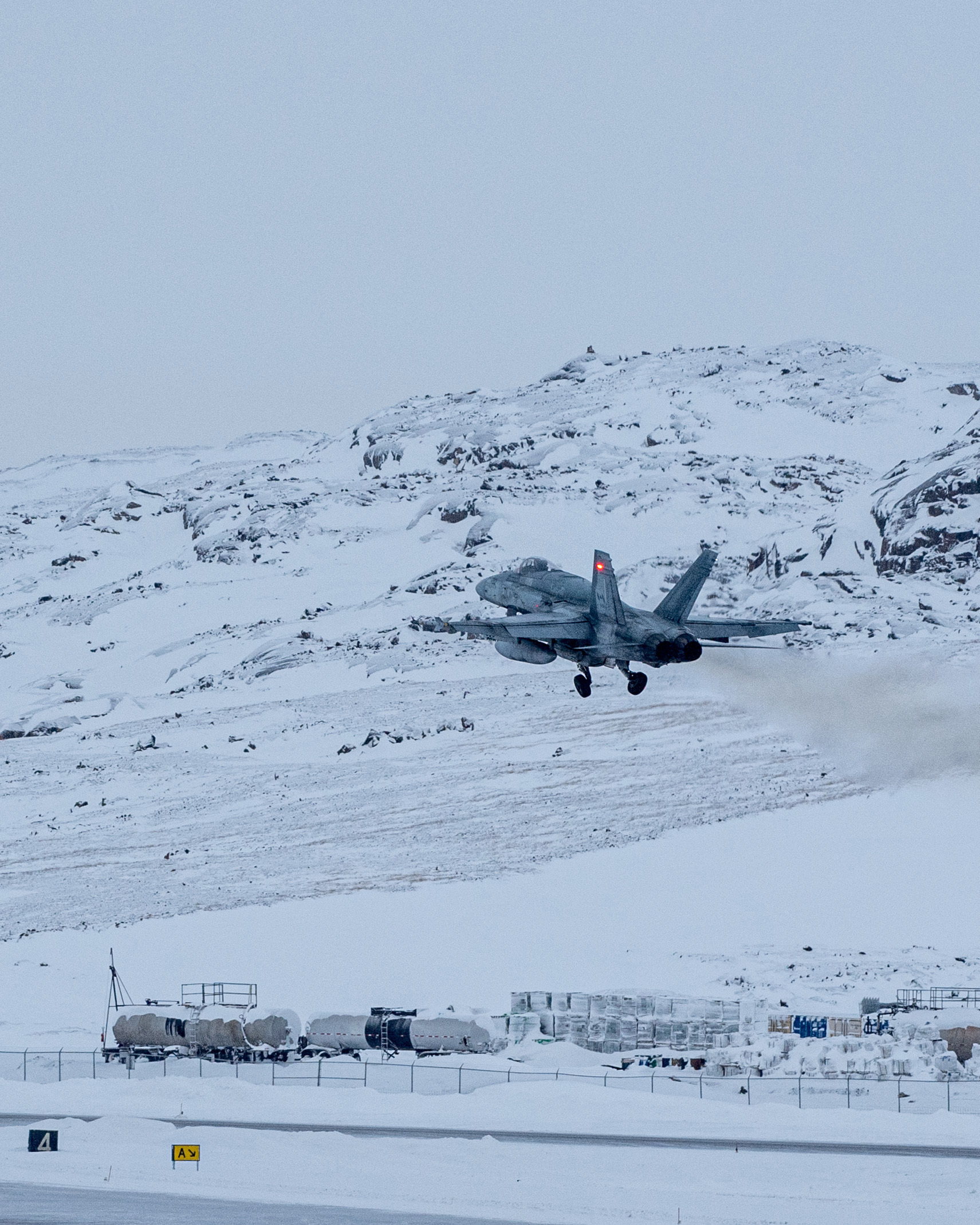
Other air assets in the exercise included four KC-135s, one CC-150 aerial refueling tanker, and one E-3 Airborne Warning and Control System (AWACS). Finally, a B-52H bomber was also involved as a representative threat platform and was intercepted by NORAD fighters “to demonstrate the command’s ability to conduct globally integrated layered defense.”
The U.S. Department of Defense described Noble Defender 23-2.1 as part of “a series of long-planned NORAD operations validating the command’s capability and readiness to defend the United States and Canada against threats from every avenue of approach, in any environment, and demonstrate the ability to integrate with other defense and security partners for a holistic defense of North America.”
The exercise also featured a search and rescue (SAR) team component, practicing rescue operations in Arctic conditions. SAR assets known to be involved include the RCAF’s CH-149 Cormorant helicopter, an example of which was also present at Thule Air Base as of January 22. Clearly, fighter operations over such a challenging environment rely heavily upon a long-range SAR presence since the window of opportunity in which to recover a downed pilot may be very limited.
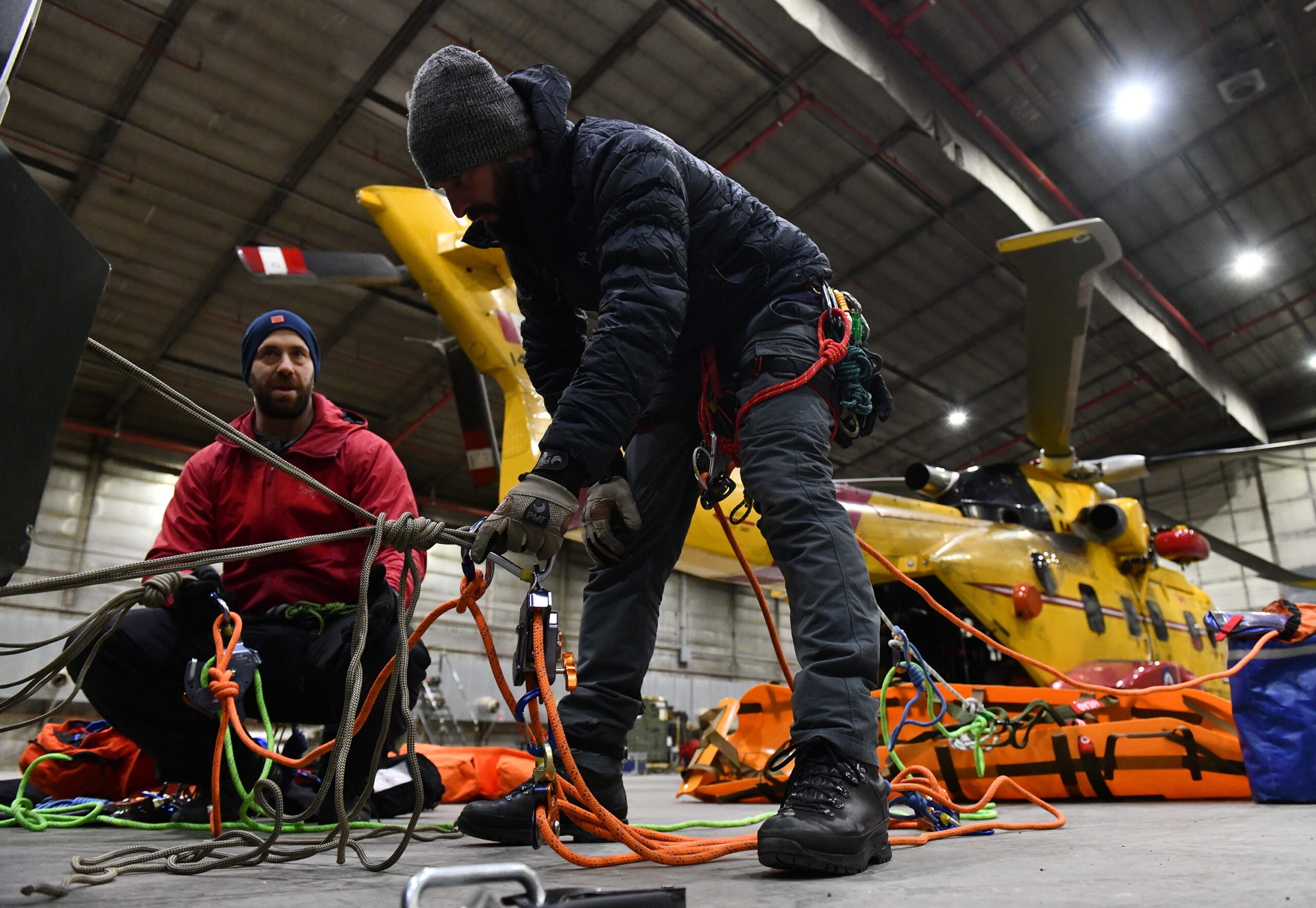
In the past, we have looked in depth at the fascinating history of Thule Air Base, which was constructed in secret in the early years of the Cold War, and which served both as a key early warning and air defense outpost as well as a springboard for nuclear strikes against the Soviet Union.

With the demise of the Soviet Union, the immediate strategic relevance of Thule Air Base looked to have diminished, although a nearby radar station has continued to provide early warning of ballistic missile launches threatening North America. However, it wasn’t until more recently that attention once again turned to the Arctic itself as a crucible for possible tensions.
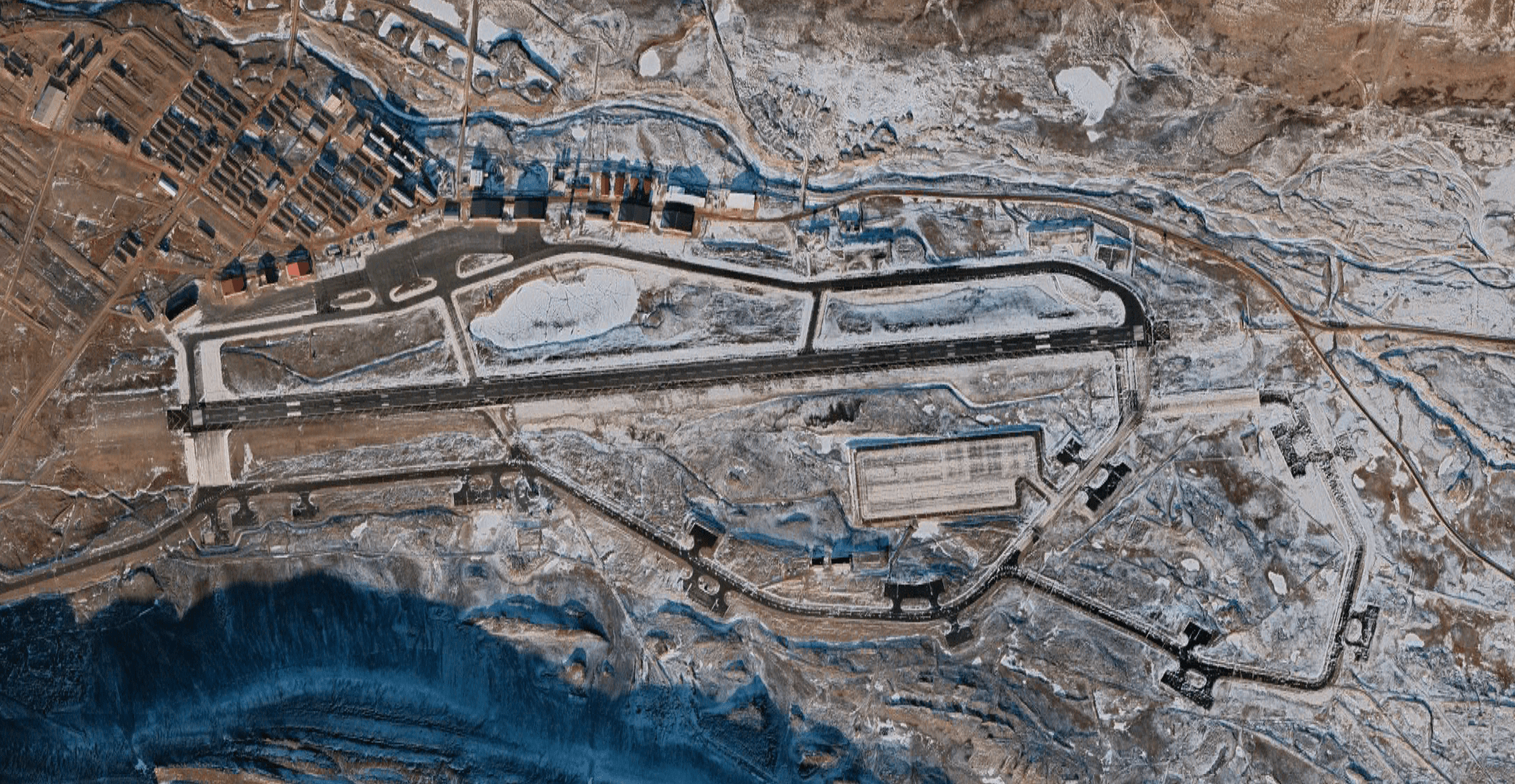
For Russia and the United States alike, the Arctic region is of key military importance, especially since, for a good many years, it has been widely neglected in this regard.
But it’s Russia that has very much led recent efforts to extend its military footprints into the Far North, with related defense initiatives including plans for new warships as well as reactivation of long-dormant airbases for both strategic bombers and interceptors and the building of new ones. Even without these, Russia has over 50 airfields and ports in the area, providing more potential to disrupt or deny U.S. access to the Arctic. At the same time, a prodigious fleet of icebreakers helps Russia ensure access to the same areas.
Russian Marines from the Northern Fleet conduct training in conditions designed to mimic “as close as possible” those that would be encountered in Arctic combat:

The United States, by contrast, has been far slower to adapt to the new Arctic strategic reality, at least in terms of the scale of its permanent military presence here.
Now, however, investments are being made in Thule Air Base, with reports of around $4 billion to be spent on upgrading its facilities. It’s assumed that these funds will pay for, among others, improvements to the runway and other infrastructure, including making it better suited to deployments of both fighters and, potentially, bombers.
It’s not only Russia but also China that increasingly has an eye on the strategic potential of the Arctic. The fact that China is expanding its presence in the Arctic, as well as Russia’s major moves in the region, has helped prompt the Pentagon to identify the region as “an increasingly competitive domain.” It’s notable, too that the Pentagon has specifically warned Congress of China’s interest in the Arctic, including Greenland. Making the situation more complicated is the fact that China and Russia could potentially work together to secure Arctic resources and influence and freeze out the West.
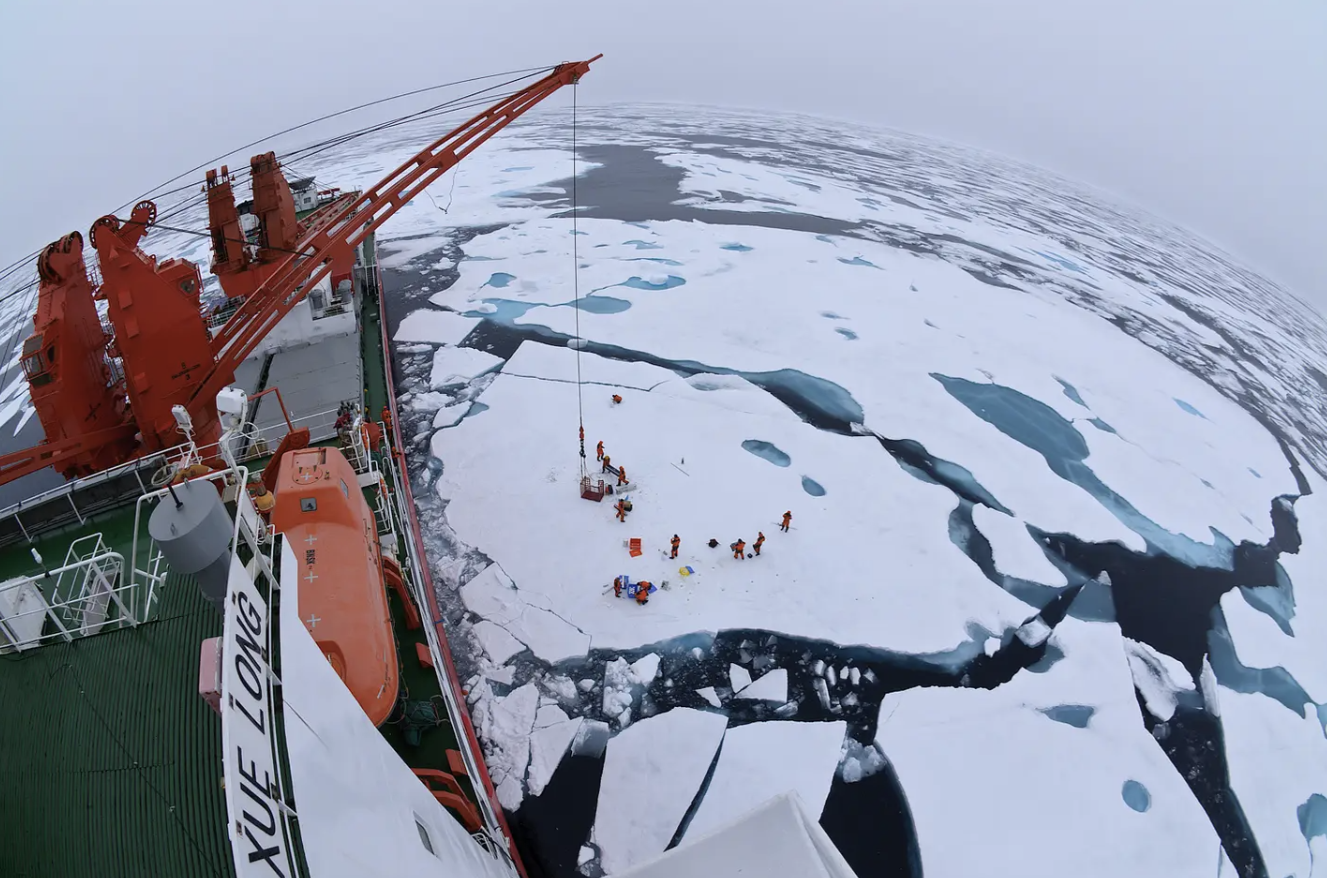
Of course, the F-35 and its expanding concept of operations are also very much intended to secure dominance against a potential Chinese threat, as well as the Russian one.
All this is brought into sharper focus by the continuing retreat of the polar ice, opening up possibilities for new and highly strategic shipping routes as well as previously untapped natural resources. In turn, these will require a patrol presence to ensure strategic access to the Arctic, both for commercial and military shipping. The result is a potential new flashpoint in the deteriorating relations between Russia and the West.
That is not something lost on U.S. allies Canada and Denmark, the latter being responsible for the island of Greenland, one of its three constituent countries. It’s also noteworthy that both Canada and Denmark have opted to buy F-35As as their future fighter jets and they plan to deploy these, too, on a temporary basis to locations in the Far North.
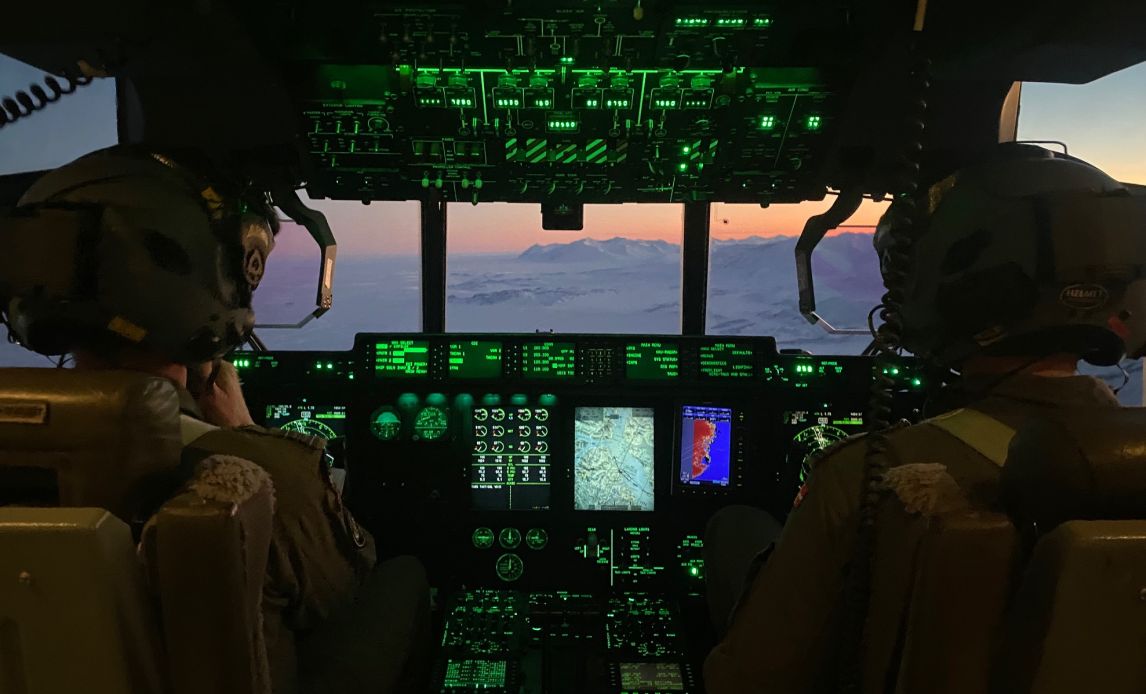
Ensuring that the F-35A is able to operate from Thule is critical as the stealth jet becomes more central to U.S. military activities in the extreme cold. The Greenland base records winter temperatures as low as -47 degrees Fahrenheit and 100-knot winds. For the roughly 600 personnel stationed at Thule Air Base — including U.S. Air Force airmen, civilian contractors, Danes, and Greenlanders — this is the reality of their daily lives. But flying in such a remote, inhospitable environment is still somewhat new for the F-35, hence the importance of Noble Defender 23-2.1.
In the past, there have been questions raised about the suitability of the Joint Strike Fighter for operations in extremely cold climates, although successive orders from Norway, Finland, Canada, and others suggest that potential operators are less concerned. On the other hand, it remains the case that the conventional takeoff and landing (CTOL) F-35A version lacks the tailhook that would allow the same kinds of arrested landings that the CF-18 can make on icy runways outside of emergency situations.
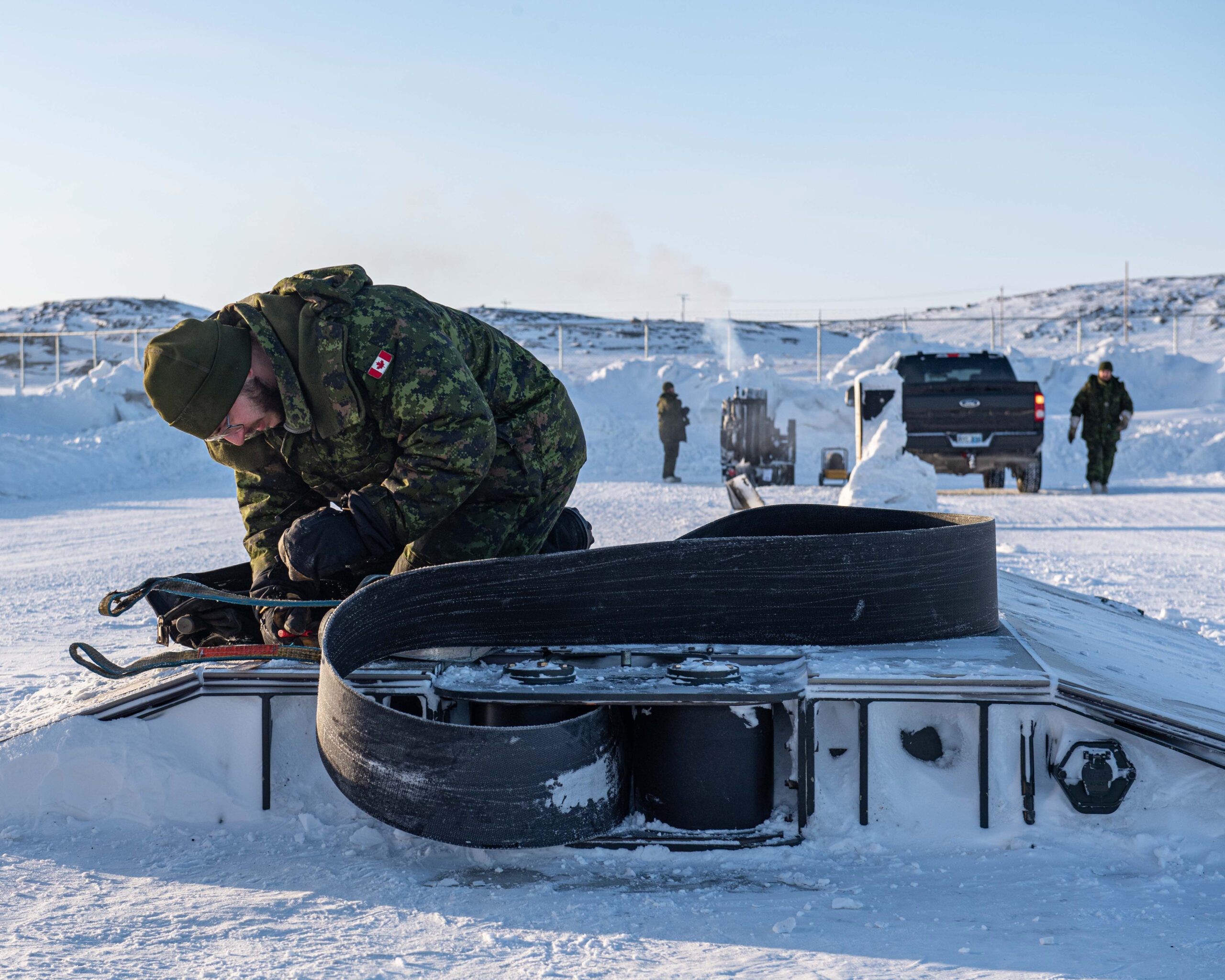
Instead, the F-35A can be equipped with a parachute braking system, an option selected by Denmark and Norway, which rapidly decelerates the jet after landing. Canada, too, will likely opt for that modification, but the U.S. Air Force jets don’t have it.
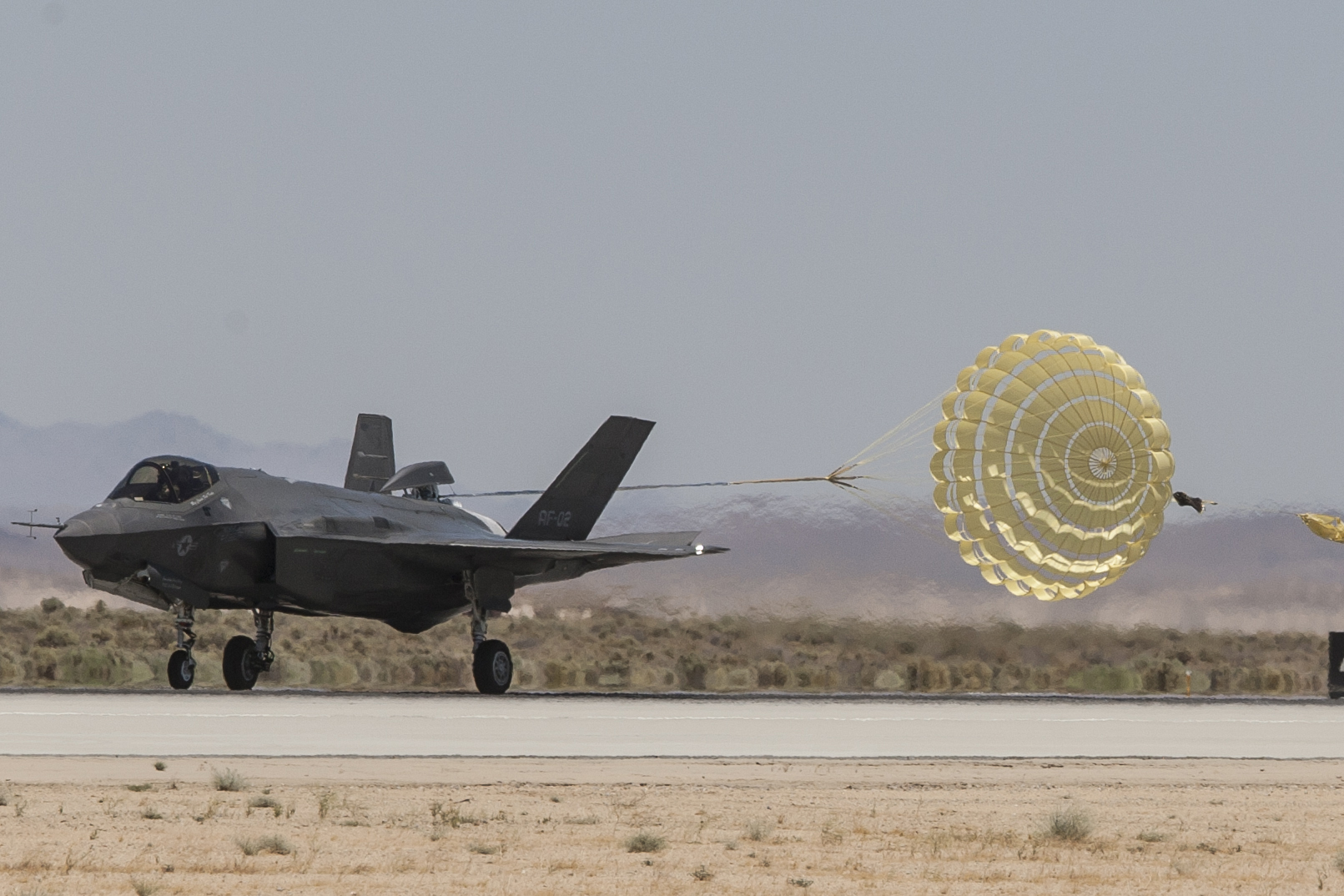
As the Arctic becomes a more critical part of the geopolitical puzzle, both Thule Air Base and the F-35 are likely to become more important within the U.S. and allied military strategy in the region. The presence of Joint Strike Fighters at Eielson Air Force Base already helps make this the largest concentration of frontline fifth-generation airpower anywhere in the world. Now, with the stealth fighter’s footprint extending to Thule, albeit on a temporary basis, the Air Force will be able to further leverage its capabilities in the Far North.
Ultimately, it’s possible that Thule Air Base could even see a return of a permanently based military aircraft presence, or at least more regular rotations, for which the F-35 would likely be a prime candidate. In the past, The War Zone has also examined how the base’s capabilities could be further bolstered by bomber rotations, as well as anti-aircraft and anti-ballistic missile defenses.
In the future, therefore, we are likely to see U.S. Air Force Joint Strike Fighters operate more regularly from Thule. Before long, Canadian and Danish F-35s are also set to become a more familiar sight in what is an increasingly contested Arctic region.
Contact the author: thomas@thedrive.com
